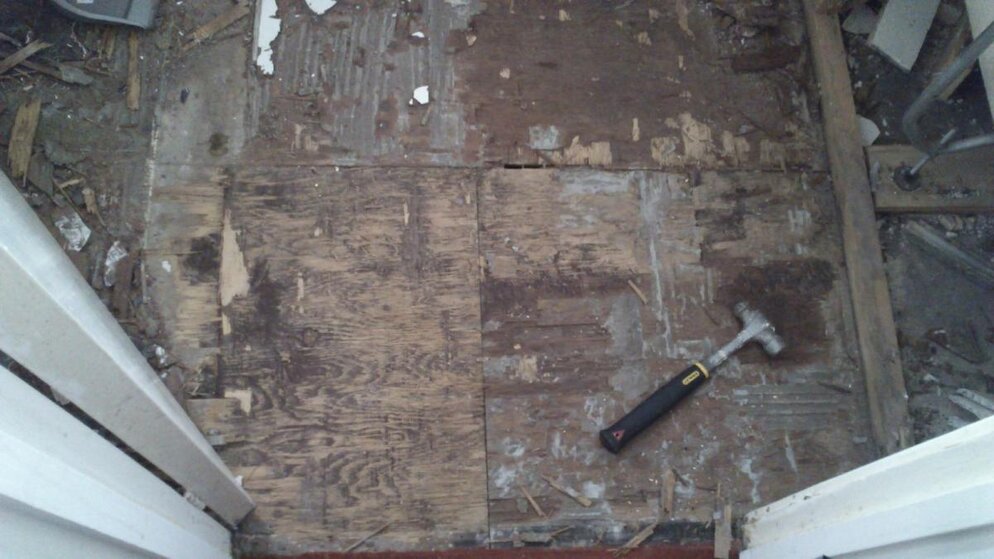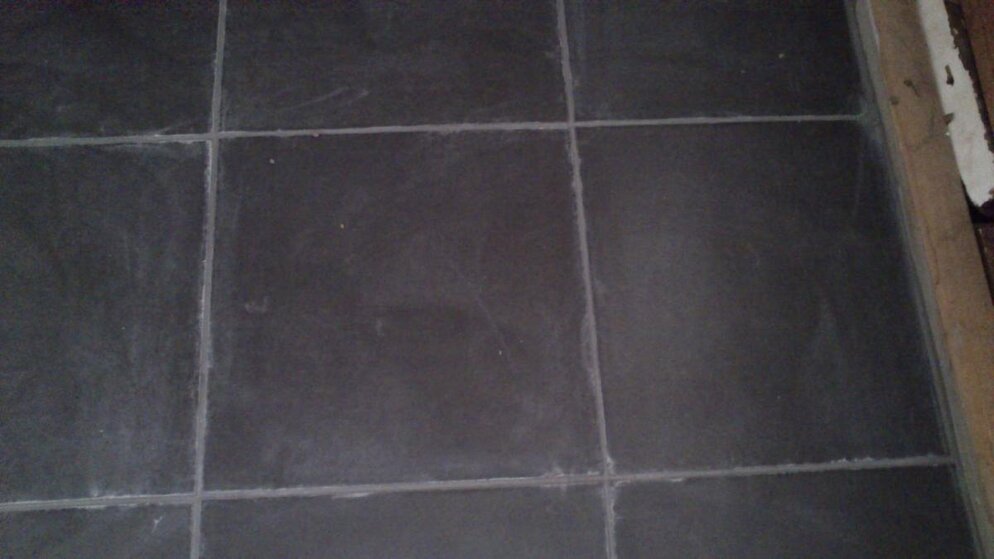M
Mr Tiler
so ive taken up majority of the tiles today and started chipping away the adhesive... some of the ply was coming up with the adhesive and I have noticed that there seems to be a thin layer of ply over other ply... I cant get my head around it as you can see there are square pieces of wood over the joists but these lines were not visible until I chipped away this thin layer of ply which was no more than 3mm thick and seemed to be completely glued to the underfloor but why would there be joints im confused and my knowledge has hit its limit on this lol.
- - - Updated - - -

- - - Updated - - -


